Pace-tuning is the necessary adjustment of the midsole properties for runners, due to the force increases that accompany a higher cadence and/or greater speed. Tuning involves increasing the midsole densities in the forefoot and heel incrementally so that the increased stresses on your joints due to higher cadence and speed are minimized.
You can pace-tune a single density midsole, but the heel would become so hard, that you would lose the impact cushioning you need. Vimazi’s Bio-Logic™ design sets the forefoot density higher than the rearfoot so that the shock absorption is retained although the forefoot is made firm enough to minimize the lateral stresses on knees, ankles, and feet. Forefoot firmness keeps the midsole from over-compressing and causing additional side-to-side rotation. Rearfoot softness reduces the impact shock.
This is admittedly a confusing topic, because we tend to focus on one dimension (up and down), and now we are insisting that you consider two dimensions (side-to-side too) simultaneously. But the reality is that running involves these two distinct phases: a sharp vertical deceleration followed by a side-to-side back and forth cycle. When these repeated forces exceed the body’s resilience to them, there is damage. And damage hurts. Bio-Logic™ design, with pace-tuning, minimizes vertical forces, while keeping the shoe from adding to the side-to-side forces.
Think about the midsole in 3D. If you push down more on the front area of the midsole than on the back area, or push more on one side than the other, you get different amounts of compression in different parts of the midsole. In the heel, more compression is good, because it increases the stopping distance and decreases the impact stress. But in the forefoot, more compression under the big toe (which is necessary for balance during a stride) causes a rotation of the foot that puts excess stress on the arch, ankle, and knee. That’s bad. Can you visualize the two dimensions: vertical and horizontal?
Look at these images of Tibs running: There is a vertical impact force at landing (white arrow). During pushoff, there is more force under the big toe than the little toe (yellow arrows). The difference in forces side to side compresses the midsole more under the big toe and adds to the rotation (red arrow). The softer the forefoot, the more compression and the more rotation. This isn’t about arch compression, this is about midsole compression. Arch supports can’t change the midsole compression.
What about body mass? Let’s talk about impact stress first. The more body mass there is, the greater the force at impact. Think about impact force as how quickly the body is stopped over the stopping distance. In order to minimize the impact force (we can’t eliminate it), we put a compressible midsole under the foot which lengthens the stopping distance. It doesn’t change the time it takes to stop, it changes the distance. More distance equals less force to stop the body. The reason that weight is a factor is because the density of the midsole determines how much compression there is for each kilogram in your body. More mass compresses the midsole more.
Now put cadence into the mix. At a lower cadence, there is more time in the air, which means greater force at landing, and also requires greater vertical force during push-off. In the vertical, a more mass acts like lower cadence. More mass means that you want impact cushioning, but more forefoot firmness, because the more rotation (red arrow), the more stress on the knees.
What about a higher cadence? There will be less air time, lower vertical impact, and you need less vertical cushioning. But horizontally, higher cadence means the time for the side-to-side back and forth cycle is shorter, so the forces increase. Therefore, you need a firmer forefoot to resist the compression under the big toe area. For this reason, a faster cadence acts like more mass.
We want to minimize the stress in both directions, but a midsole seems to minimize only one or the other. A softer midsole minimizes the vertical stress, but increases side-to-side stress. A firmer midsole minimizes side-to-side stress, but increases vertical stress. The more mass involved, the worse the situation seems to get. Bio-Logic™ technology with pace-tuning addresses this inevitable problem. First we engineer the forefoot to be more firm than the heel. Then we make different models to have different combinations of heel and forefoot densities to address the effects of cadence, speed, and weight.
Finally, consider what happens with stack height. The greater the stack height, the more compression you get. For impact forces, that’s great. But for side-to-side motion, that’s bad. If we increase the stack height considerably to provide more heel cushioning, the forefoot becomes more unstable and the horizontal stresses are exacerbated. The greater the stack height, the worse the stress on the knees becomes. Vimazi solves that problem by finding the optimal stack height for each pace-zone.





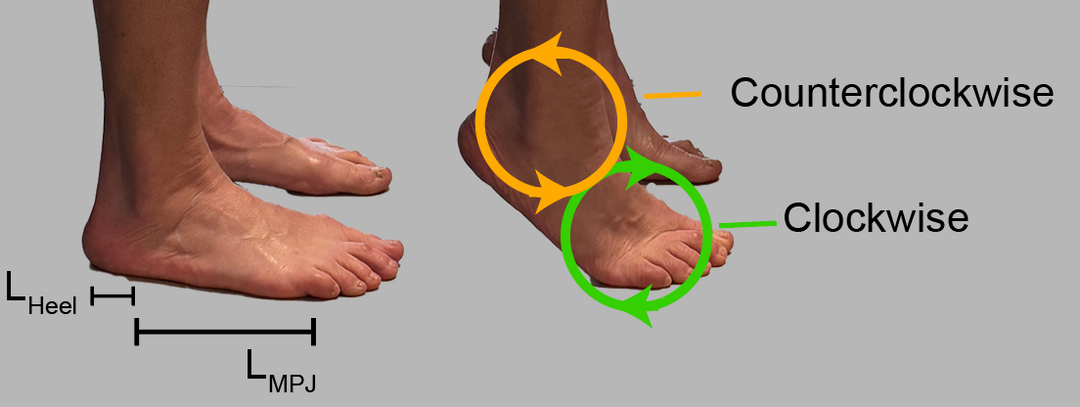
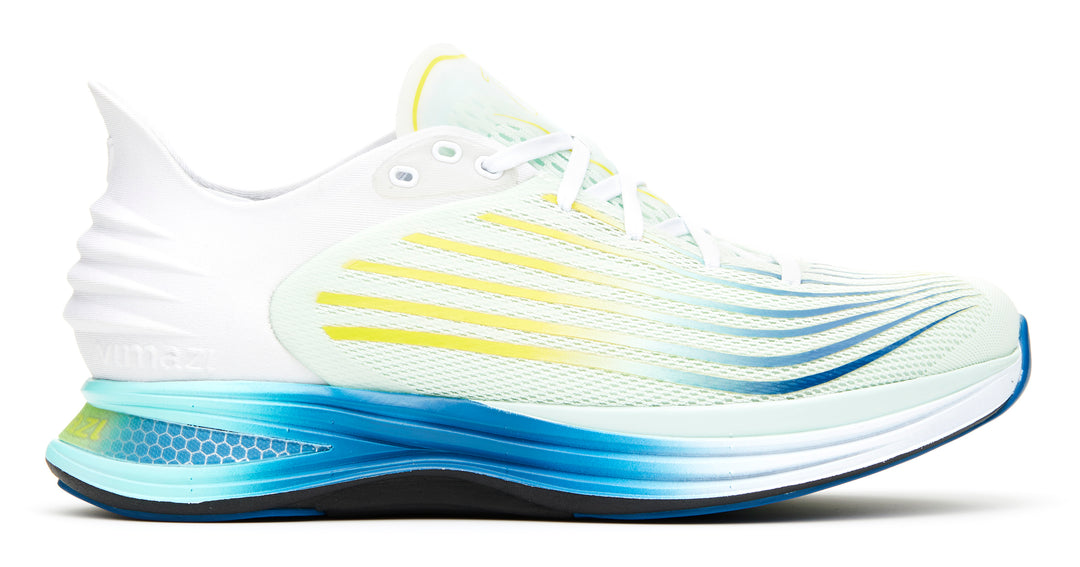

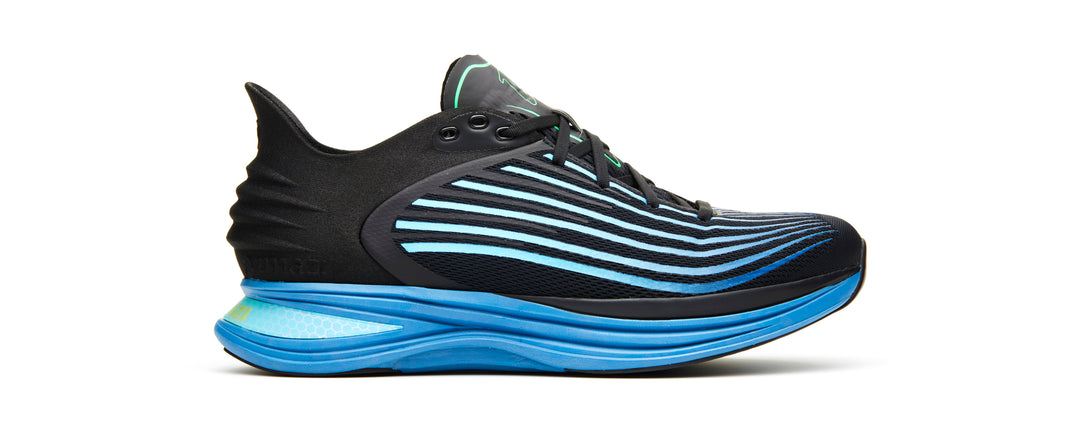
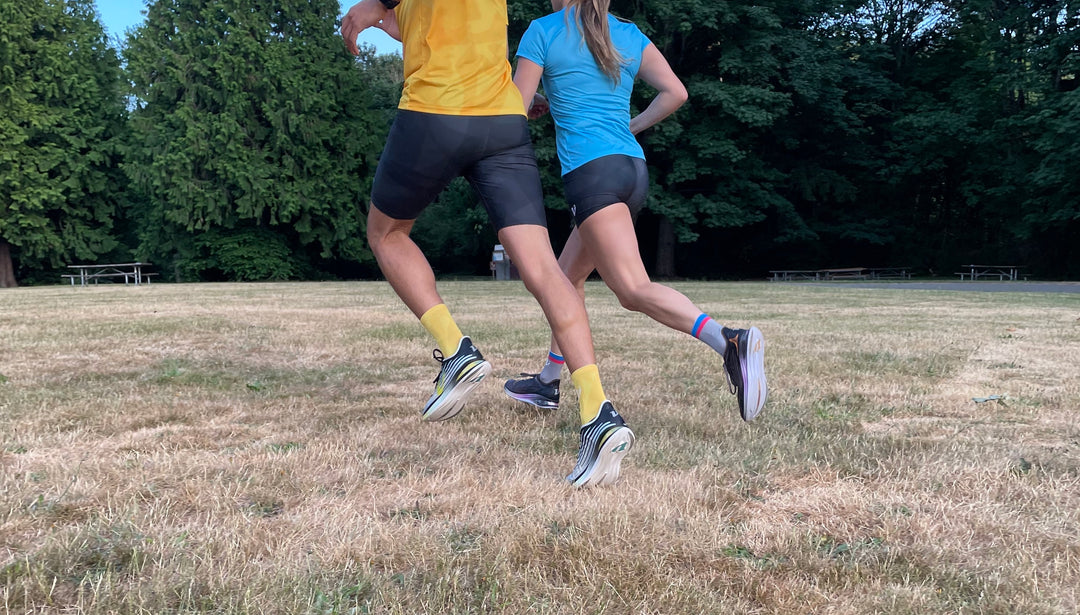
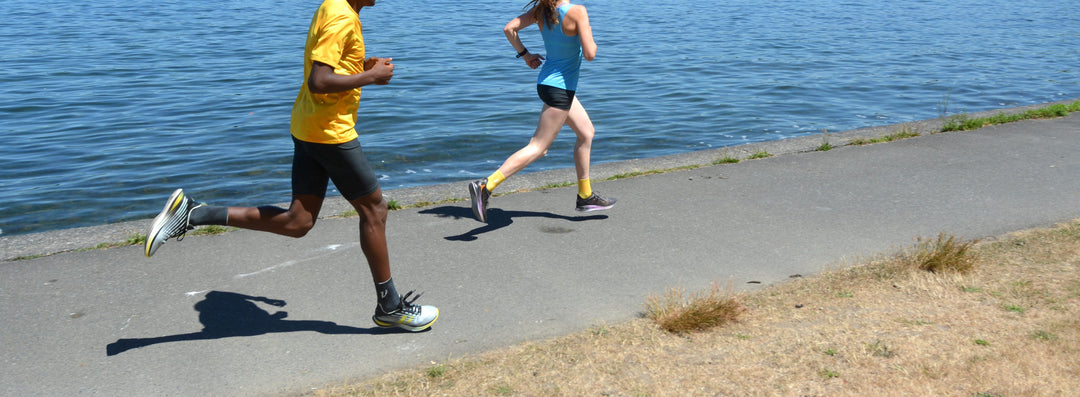
Leave a comment